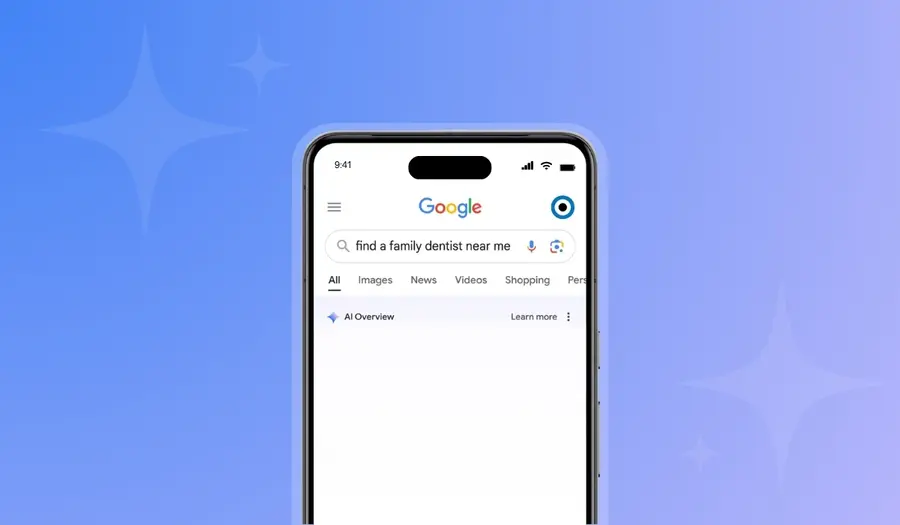
In my time at Bullseye Media this is the one lesson I have been reminded of more often than anything else: Dentists are not marketers.
There, I said it. I do not mean this as a put-down or to be derisive, it’s just fact. (Hopefully you haven’t stopped reading yet.) You went to dental school to help patients, not to worry about website traffic and Google reviews.

Good news, marketing is what I and many of the other team members at Bullseye went to school for and have practiced for many years in our careers. We are here to help you navigate the acronym rich and often confusing waters of marketing. In my mind though, it boils down to one thing and one thing only: How much did you spend and what is your return? Said another way, you put x dollars out into the world… how many of them came back as patients?
This is the focus of all media spend at Bullseye.
Getting more patients in seats
We don’t care about click-through rates or impressions as much as we do about the number of patients in seats. If your marketing dollars are not accomplishing this, then you’re wasting your money, pure and simple.
This is not to say that there are not good long term plays out there, such as growing your organic social media following or doing a strong brand building campaign that will pay off in spades in time. But even with long term efforts, the opportunity cost should be weighed against the return: your return on investment (ROI).
Now this all sounds well and good and if you are a dental practice, you should be nodding your head and saying to yourself “yeah, that’s what I am talking about!” So how do you get there?
Well, that work starts with you and your practice. *Sounds of deflation* (Sorry everyone, you’ve got to put in a little work to get the reward.)
Know your Patient Lifetime Value
It starts with the practice. What do I mean? You must be able to tell me what the lifetime value of a patient is. That is a number you should know by heart. If you get a new patient through the door, what does that mean to your bottom line? Just the value of the first visit is not enough. If your average patient comes back once or twice a year over the next 10 years, what does that value look like? Knowing this number can help you frame up what you should be looking for when it comes to new patient cost per acquisition.
Let me explain: If you know your patient lifetime value (LTV) is $5,000 then you can work from there to determine what a comfortable cost per acquisition should be. 3:1 is a good place to start with a goal of improving from there to possible 8:1 or 10:1 if you are really firing on all cylinders. So, what do I mean by that? I mean if your LTV is $5,000 then initially you should be willing to spend 1/3 of that, roughly $1,666 to get them in the door with a scheduled appointment. From there, it’s another simple step back to how many phone calls and online form fills do you need before a patient schedules their first appointment? Any marketing company worth their salt should be able to tell you how many form fills and phone calls they are driving with your current marketing spend. If they can’t, that should be a big red flag.
This simple formula and discussion can help you drive all your marketing decisions. Things like “should we be on TikTok?” or “YouTube seems like some place we should advertise”. It can help you address a comment I hear all the time: “we have only ever grown by word of mouth and that seems good enough”; even word of mouth has a cost (!) and can become a solid growth strategy you can lean into even more, such as through increasing the number of Google reviews you receive.





